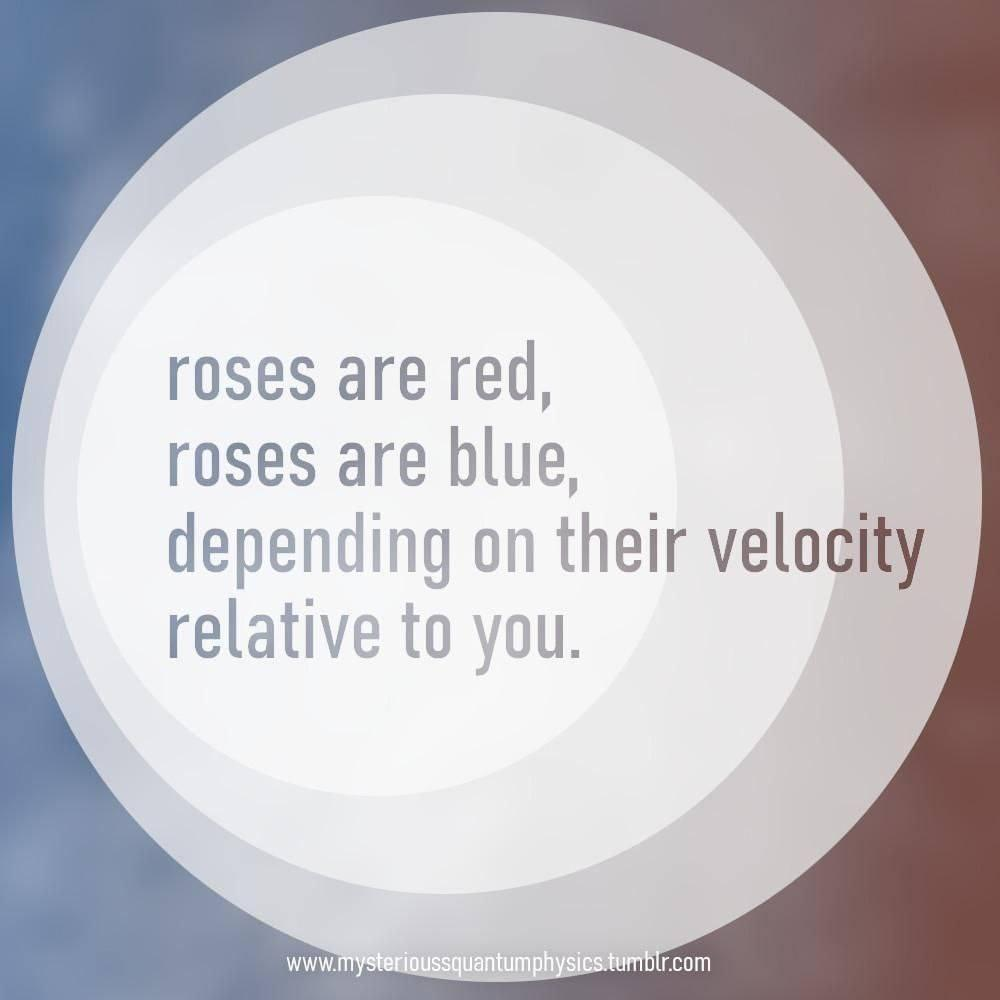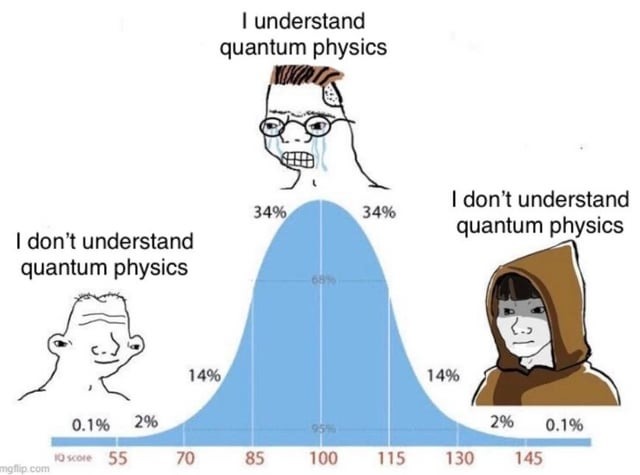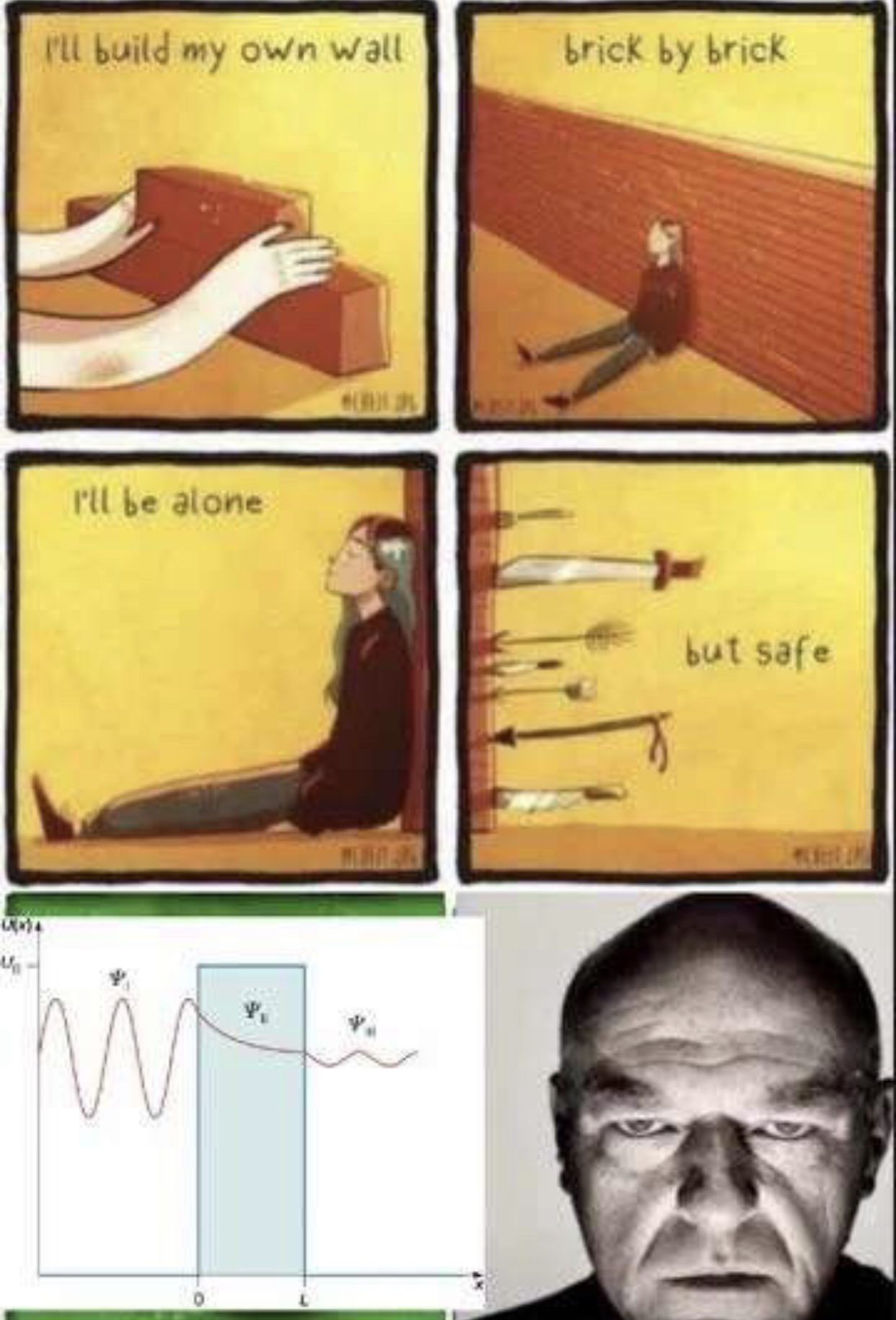So if I have a spherically symmetric object in GR I can write the Schwarzschild metric that does not depend on the radial mass distribution. But once I add a second spherically symmetric object, the metric now depends on the mass distribution of both objects?
Your point about linearity is that if GR was linear, I could’ve instead add two Schwarzschild metrics together to get a new metric that depends only on each object’s position and total mass?
Anyway, assuming we are in a situation with only one source, will the shell theorem still work in GR? Say I put a infinitely light spherical shell close to a black hole. Would it follow the same trajectory as a point particle?







Very interesting! How do you study something like this? Is it classical E&M in a curved space time, or do you need to do QED in curved space time?
Also, are there phenomena where this effect is significant? I’m assuming something like lensing is already captured very well by treating light as point particles?